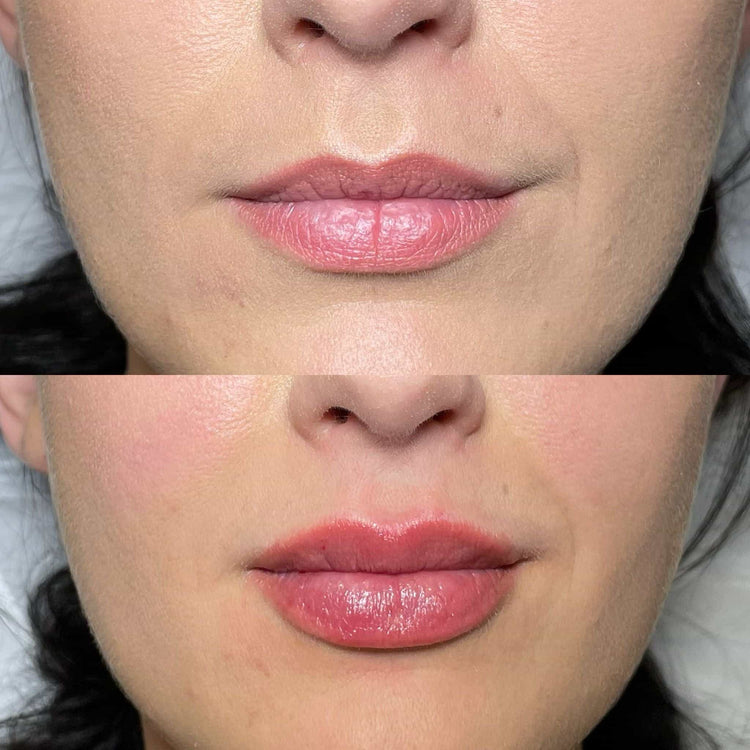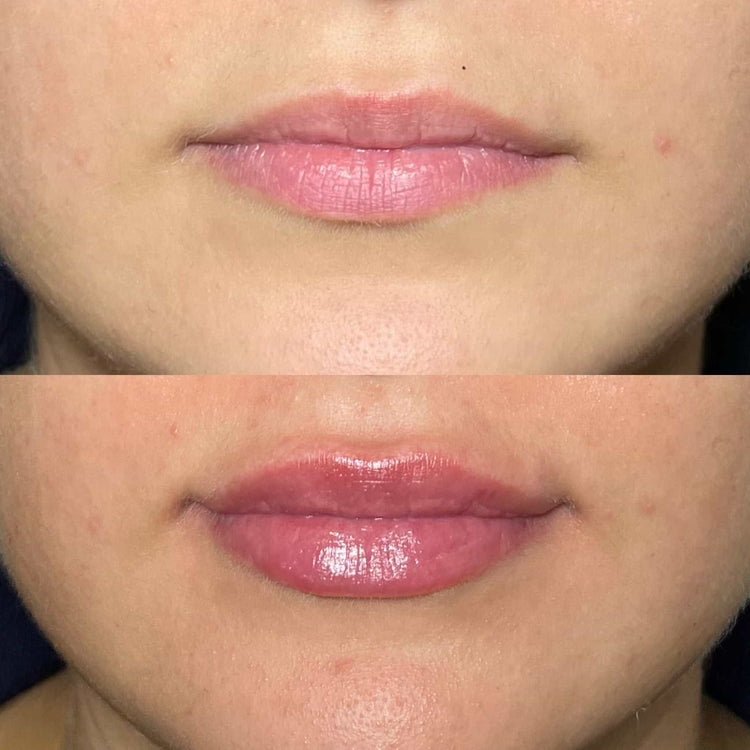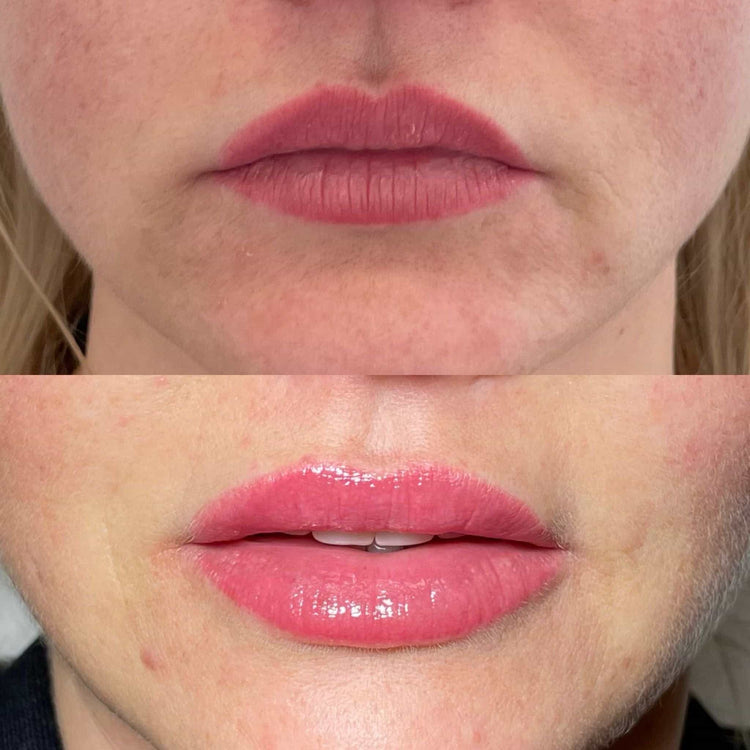The Pain Experience

Pain is a complex and highly individual experience, influenced by factors like pain tolerance, emotional state, and the specific procedure being performed. Understanding how pain might be perceived during lip filler treatments is crucial for UK clients considering this popular cosmetic procedure.
Individual Sensitivity
Sensitivity to pain varies greatly from person to person. Some individuals have a higher pain threshold than others, meaning they experience discomfort less intensely. Additionally, emotional state can significantly impact pain perception. Anxiety or stress can amplify the sensation of pain, while relaxation techniques might help manage it.
During lip filler treatments, a local anesthetic is typically used to minimize discomfort. This numbs the area around the injection sites, reducing any stinging or burning sensations. However, some individuals may still feel a slight pinching or pressure during the procedure.
Numbing Techniques
There are various techniques used to minimize pain during lip filler procedures. These include topical numbing creams applied before the injections to reduce surface level sensitivity, and the use of intradermal anesthetic injections that target deeper nerve endings. Some practitioners also utilize ice packs or cold compresses prior to the procedure to help numb the area.
It’s important for clients to communicate openly with their practitioner about their pain tolerance and concerns. A skilled injector will tailor the technique and approach to ensure a comfortable experience.
Filler Type and Location
Pain is subjective and varies greatly from person to person. Factors like individual pain tolerance, emotional state, and the specific injection technique can influence the level of discomfort experienced.
While a local anesthetic is generally used during lip filler procedures to minimize pain, some individuals may still feel a slight pinching or pressure sensation.
There are various techniques employed to reduce discomfort, such as topical numbing creams and intradermal anesthetic injections targeting deeper nerve endings.
Clients should openly communicate their pain tolerance and any concerns with their practitioner. A skilled injector will adjust the technique to ensure a comfortable experience.
Factors Influencing Pain Perception
Pain is a highly individual experience, influenced by factors such as personal pain tolerance, emotional state, and the specific procedure being performed. Understanding how these factors might impact the perception of pain during lip filler treatments is crucial for UK clients considering this popular cosmetic procedure.
Medical History
Pain sensitivity varies greatly between individuals. Some people have a higher pain threshold than others, meaning they experience discomfort less intensely. Emotional state also plays a significant role; anxiety or stress can intensify the feeling of pain, while relaxation techniques may help manage it.
Medical history is another crucial factor influencing pain perception. Previous experiences with injections or surgeries, as well as any existing medical conditions like nerve disorders or chronic pain syndromes, can influence how an individual reacts to pain during a procedure like lip fillers.
For example, someone who has experienced previous painful injections might anticipate more discomfort during lip fillers, leading to heightened anxiety which could further amplify the perceived pain. Conversely, someone with a history of managing chronic pain effectively may have developed coping mechanisms that lessen their sensitivity to pain during procedures.
Previous Filler Experiences
Pain is a highly individual experience, influenced by factors such as personal pain tolerance, emotional state, and the specific procedure being performed. Understanding how these factors might impact the perception of pain during lip filler treatments is crucial for UK clients considering this popular cosmetic procedure.
Pain sensitivity varies greatly between individuals. Some people have a higher pain threshold than others, meaning they experience discomfort less intensely. Emotional state also plays a significant role; anxiety or stress can intensify the feeling of pain, while relaxation techniques may help manage it.
Medical history is another crucial factor influencing pain perception.
- Previous experiences with injections or surgeries
- Existing medical conditions like nerve disorders or chronic pain syndromes
For example, someone who has experienced previous painful injections might anticipate more discomfort during lip fillers, leading to heightened anxiety which could further amplify the perceived pain. Conversely, someone with a history of managing chronic pain effectively may have developed coping mechanisms that lessen their sensitivity to pain during procedures.
Mental State

Pain is a complex and highly individual experience, influenced by factors like pain tolerance, emotional state, and the specific procedure being performed. Understanding how pain might be perceived during lip filler treatments is crucial for UK clients considering this popular cosmetic procedure.
Sensitivity to pain varies greatly from person to person. Some individuals have a higher pain threshold than others, meaning they experience discomfort less intensely. Additionally, emotional state can significantly impact pain perception. Anxiety or stress can amplify the sensation of pain, while relaxation techniques might help manage it.
During lip filler treatments, a local anesthetic is typically used to minimize discomfort. This numbs the area around the injection sites, reducing any stinging or burning sensations. However, some individuals may still feel a slight pinching or pressure during the procedure.
- Individual pain tolerance
- Emotional state
- Specific injection technique
It’s important for clients to communicate openly with their practitioner about their pain tolerance and concerns. A skilled injector will tailor the technique and approach to ensure a comfortable experience.
Managing Discomfort During Treatment
Pain is a highly individual experience, influenced by factors like personal pain tolerance, emotional state, and the specific procedure being performed. Understanding how these factors might impact the perception of pain during lip filler treatments is crucial for UK clients considering this popular cosmetic procedure.
Communication with Your Practitioner
Managing discomfort during treatment is a key concern for many people considering lip fillers. Pain sensitivity varies greatly between individuals, and what one person finds uncomfortable another may barely notice.

Communication with your practitioner is vital. Be open about your pain tolerance, any previous experiences with injections or procedures, and any anxieties you have.
A skilled injector will use techniques like topical numbing creams, intradermal anesthetic injections, and cold compresses to minimize discomfort. They can also adjust their technique based on your individual feedback during the procedure.
Remember that pain is subjective, and what one person finds tolerable, another may not. By working closely with your practitioner and openly discussing your concerns, you can work together to create a comfortable experience.
Topical Anesthetics
Managing discomfort during treatment is a key concern for many people considering lip fillers. Pain sensitivity varies greatly between individuals, and what one person finds uncomfortable another may barely notice.
Communication with your practitioner is vital. Be open about your pain tolerance, any previous experiences with injections or procedures, and any anxieties you have.
A skilled injector will use techniques like topical numbing creams, intradermal anesthetic injections, and cold compresses to minimize discomfort. They can also adjust their technique based on your individual feedback during the procedure.
Remember that pain is subjective, and what one person finds tolerable, another may not. By working closely with your practitioner and openly discussing your concerns, you can work together to create a comfortable experience.
Topical anesthetics are often used prior to lip filler injections to reduce surface level sensitivity. These creams typically contain ingredients like lidocaine or benzocaine, which numb the skin temporarily.
- Application of topical anesthetic cream 15-30 minutes before the procedure can help minimize discomfort during injection
- Some practitioners may also use intradermal anesthetic injections, which target deeper nerve endings to provide more comprehensive numbing.
The duration and intensity of numbness provided by topical anesthetics vary depending on the specific product used and individual factors. It’s important to follow your practitioner’s instructions regarding application and timing for optimal results.
Breathing Techniques
Managing discomfort during a lip filler procedure is important, and there are techniques to help minimize any pain or sensitivity. Breathing exercises can be helpful in managing discomfort during any medical procedure, including lip fillers.
Slow, deep breaths can help relax the body and reduce stress, which can intensify pain perception.
Here’s a simple breathing technique you can try:
- Inhale slowly through your nose, filling your lungs completely.
- Hold your breath for a few seconds.
- Exhale slowly through your mouth, emptying your lungs completely.
Repeat this cycle several times, focusing on your breath and relaxing your body.
Post-Treatment Care for Minimizing Discomfort
Managing discomfort during a lip filler procedure is important, and there are techniques to help minimize any pain or sensitivity. Breathing exercises can be helpful in managing discomfort during any medical procedure, including lip fillers. Slow, deep breaths can help relax the body and reduce stress, which can intensify pain perception.
Ice Packs and Cold Compresses
Post-treatment care is crucial for minimizing discomfort and ensuring optimal healing after lip filler procedures.
Applying ice packs or cold compresses to the treated area for 10-15 minutes at a time, several times a day, can help reduce swelling and inflammation. This can significantly minimize any post-procedure tenderness or discomfort.
It’s important to follow your practitioner’s specific instructions regarding post-treatment care, as they may recommend additional measures tailored to your individual needs.
Over-the-Counter Pain Relief Medication**
Over-the-counter pain relievers like ibuprofen or acetaminophen can be effective in managing mild discomfort after lip filler procedures. Follow the recommended dosage instructions on the medication label and consult with your practitioner if you have any concerns or pre-existing medical conditions.
Realistic Expectations Regarding Pain
Pain is a subjective experience, meaning what one person finds painful another may tolerate well. Factors like individual pain tolerance, emotional state, and the specific technique used during lip filler treatments can all influence how much discomfort someone feels.
While local anesthetic is typically used to minimize pain during the procedure, some individuals may still experience a slight pinching or pressure sensation. This is normal and usually temporary.
It’s important to communicate openly with your practitioner about your pain tolerance and any concerns you have beforehand. A skilled injector will use techniques like topical numbing creams and intradermal anesthetic injections to help make the process as comfortable as possible.
Remember, managing expectations is key. Understand that some level of discomfort might be felt, but it should be manageable with proper preparation and communication.
Consult with Dr. Laura Geige at It’s Me & You Clinic to learn more about lip filler options
- Profhilo Treatment Near Barnes, Surrey - November 6, 2025
- Polynucleotides Injectables Near Newdigate, Surrey - November 4, 2025
- Polynucleotides Injectables Near Brooklands, Surrey - November 3, 2025
